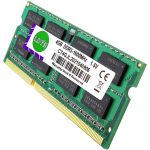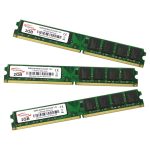Introduction to Memory Modules
When it comes to a computer’s functionality, memory modules are crucial. They are the small circuit boards hosting memory chips. These chips are integral for storing data actively used by the CPU. But what is a memory module, exactly?
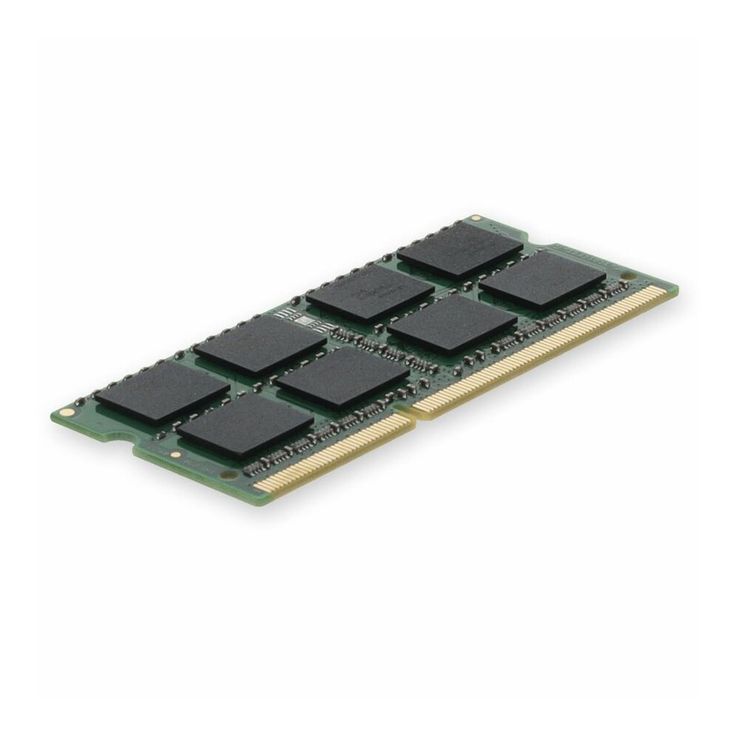
Think of a memory module as the computer’s short-term memory. It temporarily holds data that the CPU frequently accesses. This is different from long-term storage, like a hard drive or SSD, that stores files and programs.
Memory modules slide into slots on the motherboard. Once installed, they are readily available for the CPU to use. The CPU relies on this quick access to data to perform tasks efficiently.
Without memory modules, computers would struggle with multitasking. They also would not be able to run software that requires rapid data access. In essence, the more robust and responsive the memory modules, the better the computing experience.
Memory modules come in various types. Each type has specific features and fits certain computing needs. From the commonly used DRAM to the high-speed SRAM and the efficient SDRAM, options abound. But more on those later. Let’s first delve into how these memory modules interact with the CPU.
Understanding the Role of RAM in Computing
At the heart of every computing operation lies the need for speed and efficiency. The CPU, or Central Processing Unit, acts as the brain of the computer, executing instructions and managing tasks. However, the CPU cannot do this alone; it needs a place to store and quickly retrieve the data it processes. This is where RAM comes into play. Unlike the hard drive, which stores data permanently but has slower access times, RAM provides fast, temporary storage. When you open an application or file, it is loaded into RAM, allowing the CPU to access it almost instantly. This results in smoother, more responsive computing experiences, whether you’re editing videos, playing games, or simply browsing the web.
How Memory Modules Work with the CPU
Memory modules serve as a bridge between your CPU and the data it needs. Imagine a busy chef in a kitchen—the CPU is the chef, and the memory module is the countertop where ingredients (data) are placed for quick use. Here’s a straightforward breakdown of the interaction process:
- Data Access Request: Initially, the CPU sends out an access request for specific data.
- Fetch and Transfer: The memory module fetches the requested data from its chips.
- Quick Response: The module then quickly sends the data back to the CPU.
- Continuous Flow: This rapid exchange continues, enabling smooth and quick computer operations.
All of this occurs at an incredibly fast pace, often within nanoseconds, making instant data retrieval possible. The connection is direct and crucial for the CPU to perform its tasks efficiently.
Different memory types, such as DRAM, SRAM, and SDRAM, have unique ways to manage this process. They cater to different needs, leading to varying levels of performance. For example, SRAM’s swift response time aids in lightning-fast data access for the CPU. However, the most common type, DRAM, keeps personal computers running by supplying the required data fluidly.
In essence, the harmony between memory modules and the CPU sets the foundation for a powerful computing experience. This interaction is key to the computer’s ability to multitask and handle complex software efficiently. With the right memory module, a computer’s performance can reach its full potential.
Types of Memory Modules
Memory modules are not all the same. They vary in speed, size, and function. Knowing the differences is vital for choosing the right one.
DRAM: The Standard in Personal Computers
Dynamic Random Access Memory (DRAM) is the usual choice for most PCs. It’s a type of memory that loses data when power is off. DRAM is affordable and fits general computing tasks well. It holds the working data the CPU needs for programs and operations.
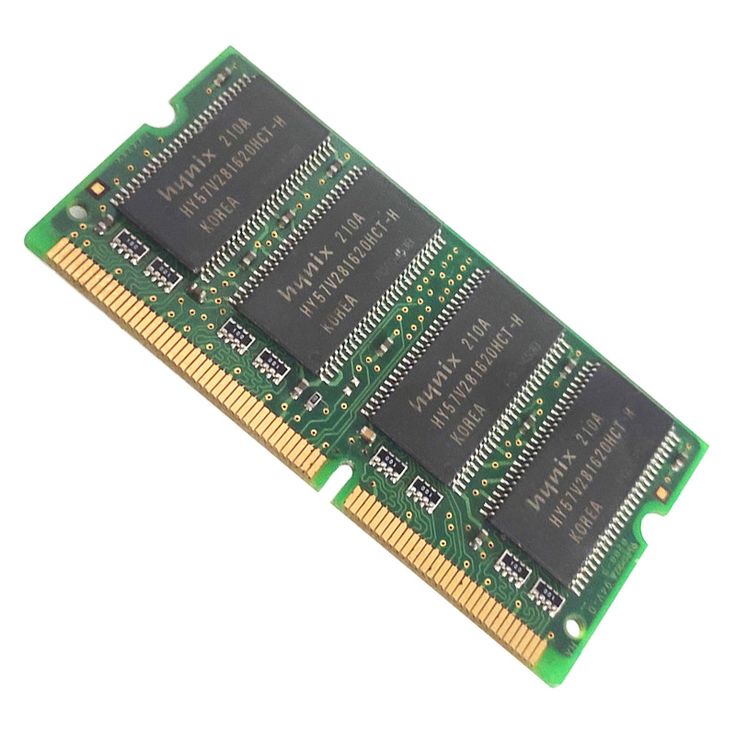
SRAM: High-Speed Cache Memory
Static Random Access Memory (SRAM) is much faster than DRAM. It doesn’t need to refresh as DRAM does. SRAM is perfect for cache memory, where speed is crucial. This type of memory helps the CPU get to your frequent data faster. It’s more expensive, but for tasks that need speed, SRAM is a top pick.
SDRAM: Synchronized with the System Clock
Synchronous Dynamic Random Access Memory (SDRAM) lines up with the system’s clock. This syncing lets the CPU work more efficiently with the memory. SDRAM is common in gaming PCs and workstations where performance matters. The sync feature helps in managing complex tasks smoothly and quickly.
Significance of Memory Modules in Computing Performance
The role of memory modules in a computer system is critical. They heavily influence how well a computer performs. Let’s explore why memory modules are so important for computing performance:
- Speed: Memory modules offer rapid data access for the CPU. This speed is essential for quick program launches and smooth multitasking. The faster the memory, the snappier the performance.
- Stability: A stable system depends on the reliability of its memory modules. Quality memory can prevent crashes and errors that hinder performance.
- Efficiency: Efficient memory uses less power and aids in faster data transmission. This ensures the system runs effectively without wasting resources.
- Capacity: More memory allows a computer to handle more tasks at once. It also means larger and more complex applications can run without a hitch.
In summary, memory modules are the backbone of a system’s performance. They ensure that the CPU has the quick and stable access to data it needs to function optimally. Upgrading memory can be a cost-effective way to enhance your computer’s performance. It’s no wonder that memory modules are a pivotal factor to consider when aiming for peak computing efficiency.
Selecting the Right Type of Memory Module for Your System
Choosing the right memory module is crucial for your computer’s performance. Here are key factors to consider:
- System Requirements: Determine what your computer needs. Different tasks require different types of memory.
- Compatibility: Check if the memory module is compatible with your motherboard. This ensures it will function correctly.
- Speed Needs: Consider the speed of the memory. High-speed memory like SRAM is essential for intensive tasks.
- Budget: Memory types vary in cost. DRAM is generally more affordable, while SRAM and SDRAM tend to be pricier.
- Future-Proofing: Think about future needs. It may be worth investing in more advanced memory that can handle upcoming software updates.
By weighing these factors, you can select the perfect memory module for your system. This choice significantly impacts your computer’s efficiency and capability.
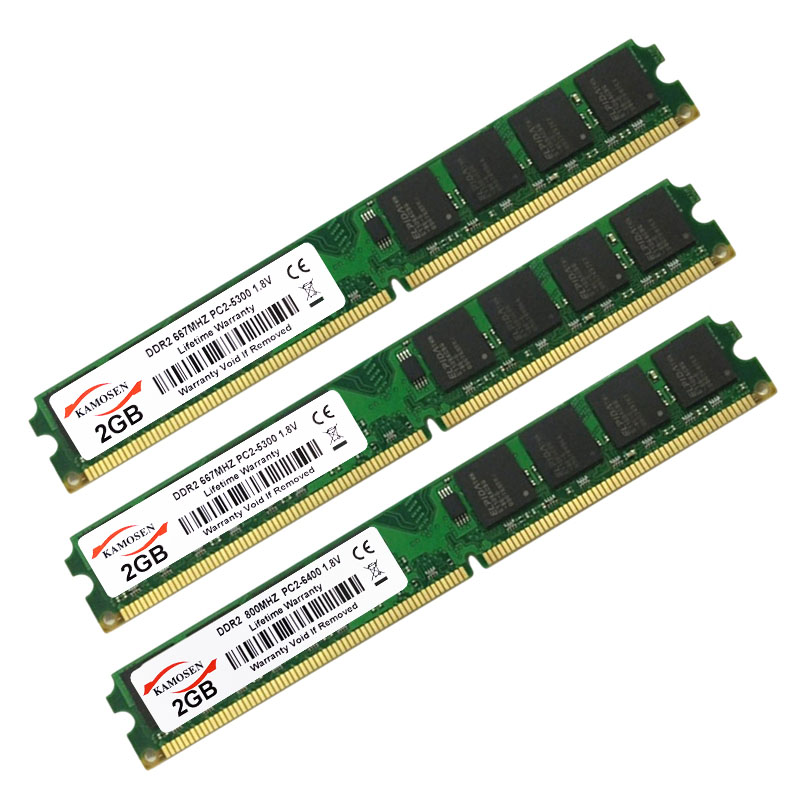
Final Thoughts on Memory Modules
As we wrap up our discussion on memory modules, let’s underscore their indispensable role. Essential for every computer, these modules truly are the heart of performance. When asking, ‘what is a memory module?’, remember, it’s not just hardware; it’s what keeps data flowing swiftly to the CPU.
Having explored the various types – DRAM, SRAM, and SDRAM – we’ve seen that each serves a unique purpose. DRAM is the go-to for standard computing, while SRAM and SDRAM cater to more specific needs, such as high speed and synchronization tasks.
When selecting memory, compatibility with your motherboard is key. Also, consider the demands of your applications. More intense tasks will benefit from faster, albeit pricier, memory types.
Investing in the right memory module not only enhances current performance but can also future-proof your system. It’s about balancing cost against your need for speed and efficiency.
In sum, the choices you make in memory matter. They impact your computer’s ability to perform at its best. With the information presented, you’re now equipped to make informed decisions for optimal computing output.
